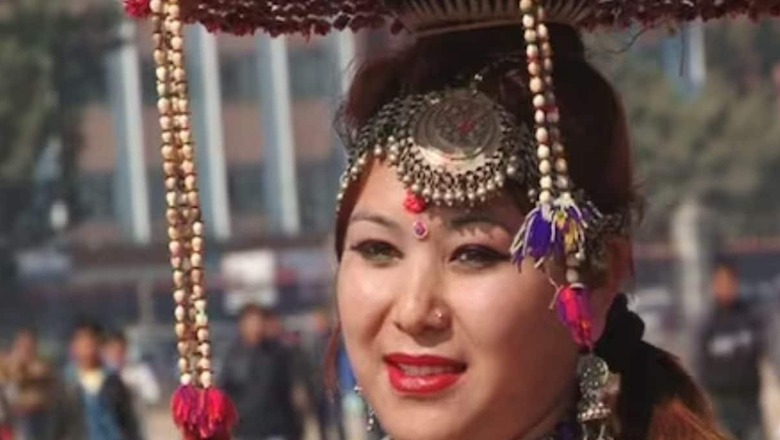
views
In the Tharu tribe, marriage rituals often reflect Hindu traditions as well as their tribal customs. Tharu people migrated from the Thar Desert to Nepal over time. Today, Tharu communities are found not only in India’s Uttarakhand, Uttar Pradesh and Bihar but also in neighbouring Nepal.
Tharu tribe marriages include a ritual noted by Rajesh Joshi, an independent journalist and media trainer from Uttarakhand. He mentioned a specific tradition i.e. following the wedding ceremony, when the bride prepares food for the first time, she has to serve food to her husband with her feet instead of her hands.
In India, the Tharu community mainly lives in Champaran, Bihar, Nainital, Udham Singh Nagar, Uttarakhand and Lakhimpur Kheri, Uttar Pradesh. They inhabit 141 villages in Khatima, Kichha, Nanakmatta, and Sitarganj of Udham Singh Nagar in Uttarakhand’s Kumaon region. Additionally, around 6.6 per cent of Nepal’s population belongs to the Tharu community. They primarily reside in areas bordering Bihar and Nepal, known for their mountainous terrain, rivers, and forests.
Other marriage customs of the Tharu tribe include unique practices. Following the tilak ceremony, the groom wears a dagger and turban. Boys worship the Sakhu tree in the forest with curd, Akshat, and vermilion, gathering branches for rituals. These branches are later used to roast Lava, a special dish, on the wedding day. The engagement ceremony, known as Apna Paraya or Khanauri signifies commitment, while Baat Katti determines the wedding date.
In the Tharu tribe of Uttarakhand, Uttar Pradesh and Bihar, women hold higher status, often barring men from the kitchen. The tharu tradition includes worshipping Lord Shiva and Mother Kali at altars.
The traditional attire for Tharu women includes lehenga and chunari, complimented by jewellery such as bracelets and anklets. But this attire is now mainly worn by older women. Men still wear dhoti-kurta and gamchha. While there was once a tradition of wearing sandals, few people still adhere to it. It’s noteworthy that the Tharu tribe is the largest tribal community in the Kumaon region of Uttarakhand in terms of population.
Historians suggest various origins for the Tharu tribe. Some link them to the Sisodia dynasty of Rajasthan, while others propose descent from Mahatma Buddha or connections to the Mongols. Some historians believe that the Tharu tribe originated in the Himalayas and moved to the plains because of the Mongol invasion in the 13th century. The Tharus are also associated with the Kirat dynasty, which comprises many castes and sub-castes.
















Comments
0 comment